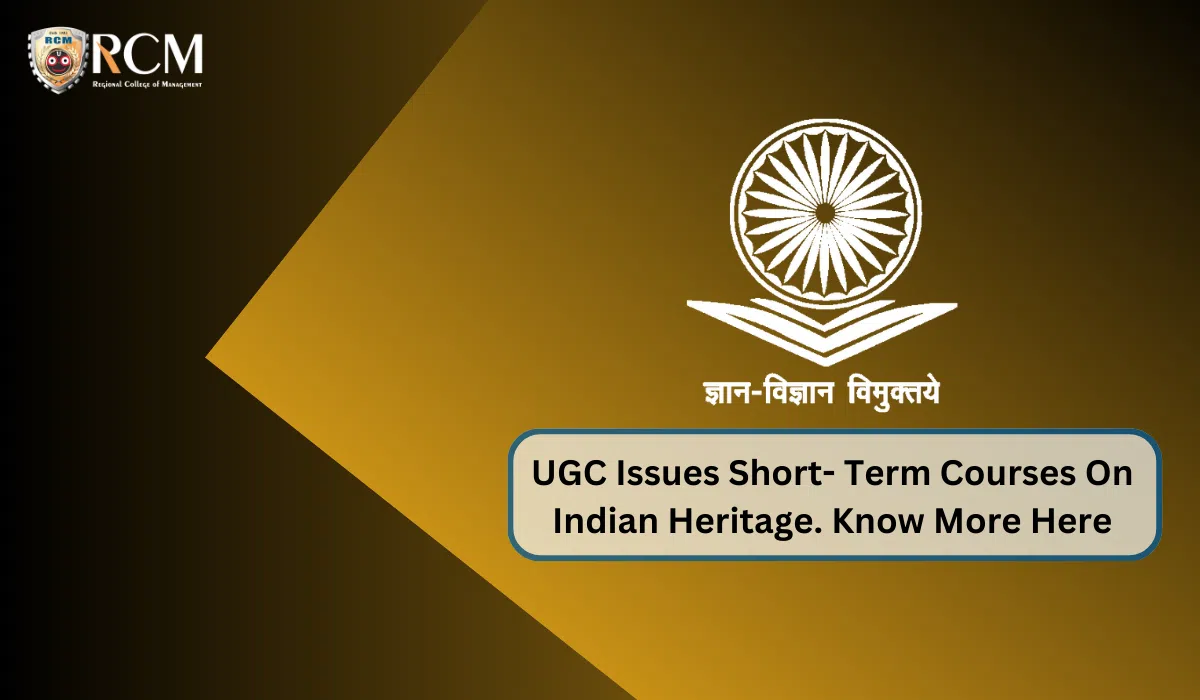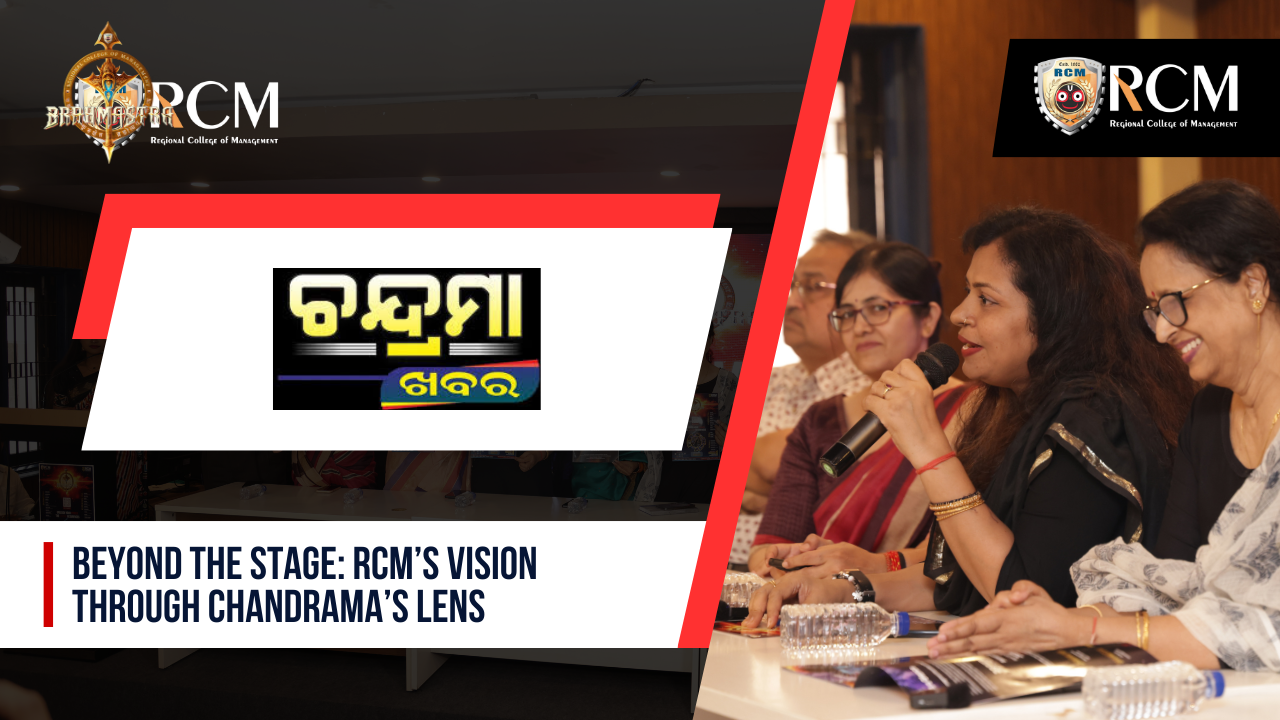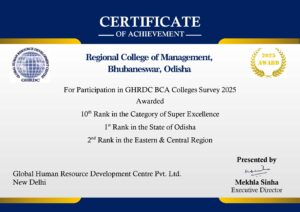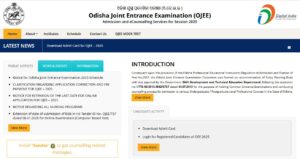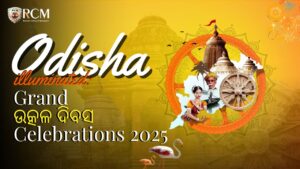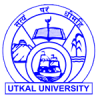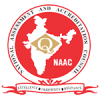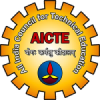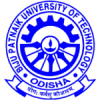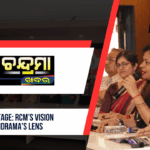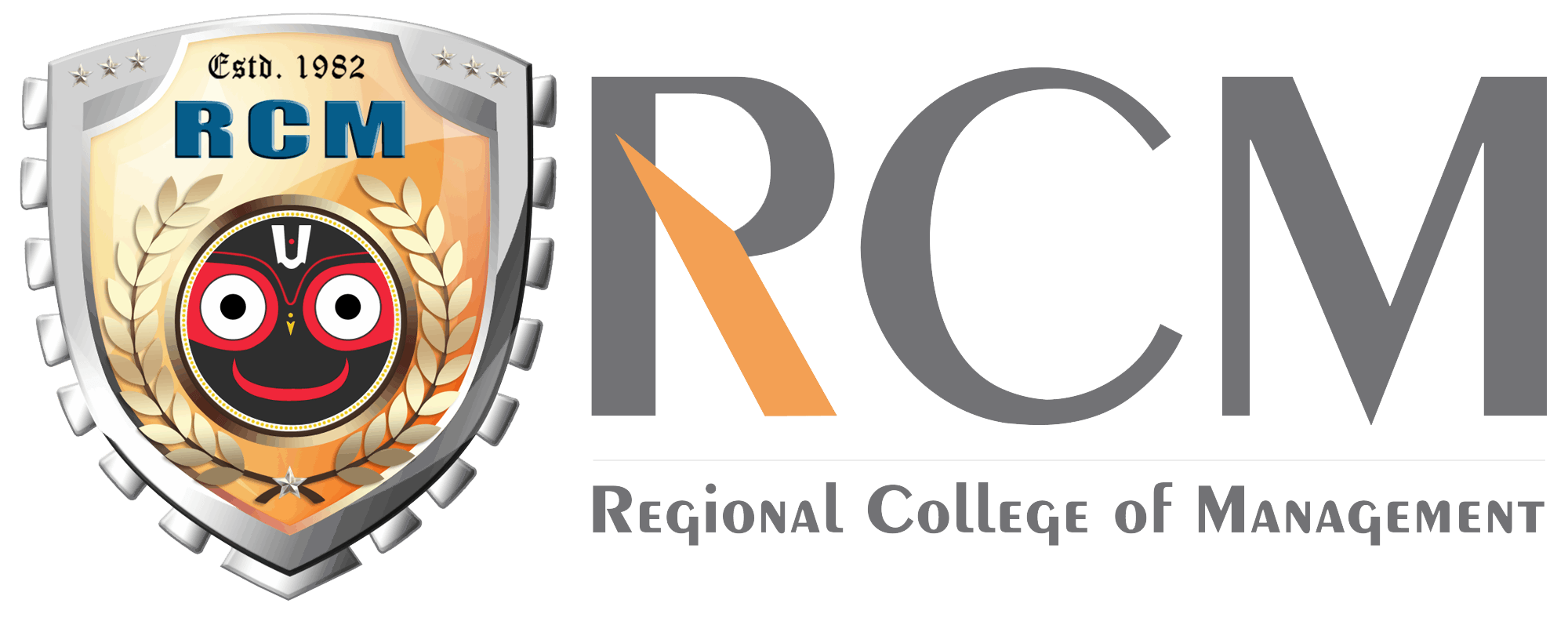The University Grants Commission (UGC) has issued guidelines for higher education institutions regarding the introduction of courses on Indian heritage and culture, such as Vedic mathematics, universal human values, yoga, ayurveda, and Sanskrit, among others, in an effort to draw in international students.
The draft guidelines mention that there will be short-term multi-tier credit-based modular programmes with multiple entry and exit based on Indian heritage and culture to “promote the interest of people from abroad to visit India.”
These programmes also cover Indian rituals, Indian literature, Indian sculpture, Indian music, Indian dance, Indian drama, crafts, and Indian knowledge systems.
According to the proposed standards, there are three levels of courses that can be offered: introductory, intermediate, and advanced.
“People from various countries with interest in Indian heritage and knowledge system and those who have enrolled in such specific courses for acquiring knowledge shall be eligible for admission. Specific conditions may be prescribed by the university concerned or the institution offering such courses,” the draft guidelines read.
The UGC added that faculty members of various departments will be roped in to teach these kinds of multi- and transdisciplinary programmes and that “libraries, institutions and experts of the relevant disciplines are to be included in the excursion”.
With a hybrid learning environment, each programme will require 60 hours, and the curriculum will be developed by the relevant institutions.
The importance of Indian knowledge systems, cultures, and legacy has grown since the National Education Policy’s implementation.
For instance, courses like Vedic mathematics, ethics and values in ancient Indian traditions, yoga, ayurveda, and nutrition were provided to first-semester students as part of the value addition courses at universities like Delhi University (DU), among other papers. Officials claim that the selection of courses will probably grow with each semester, giving students more possibilities.
(Source: Times of India)


